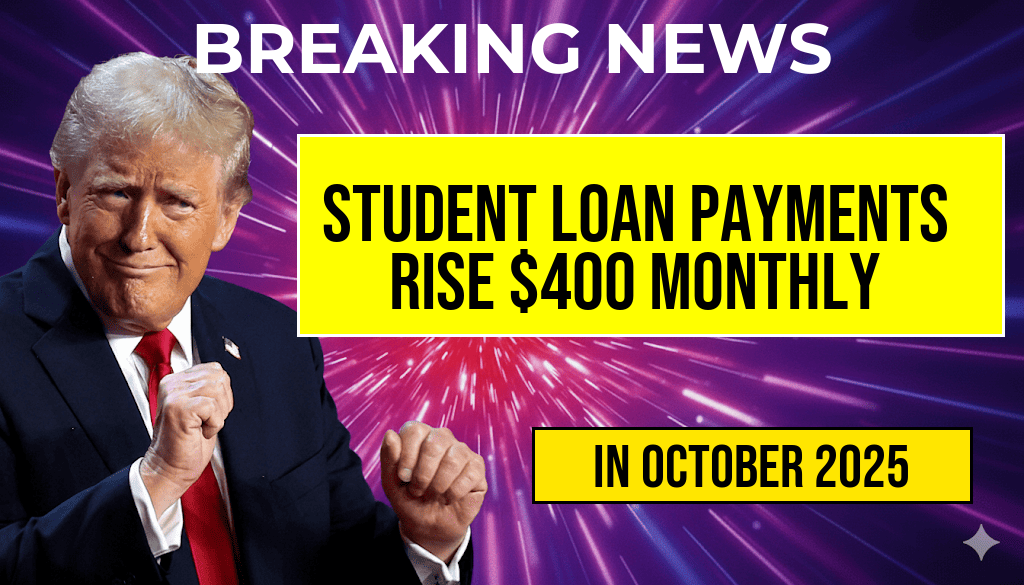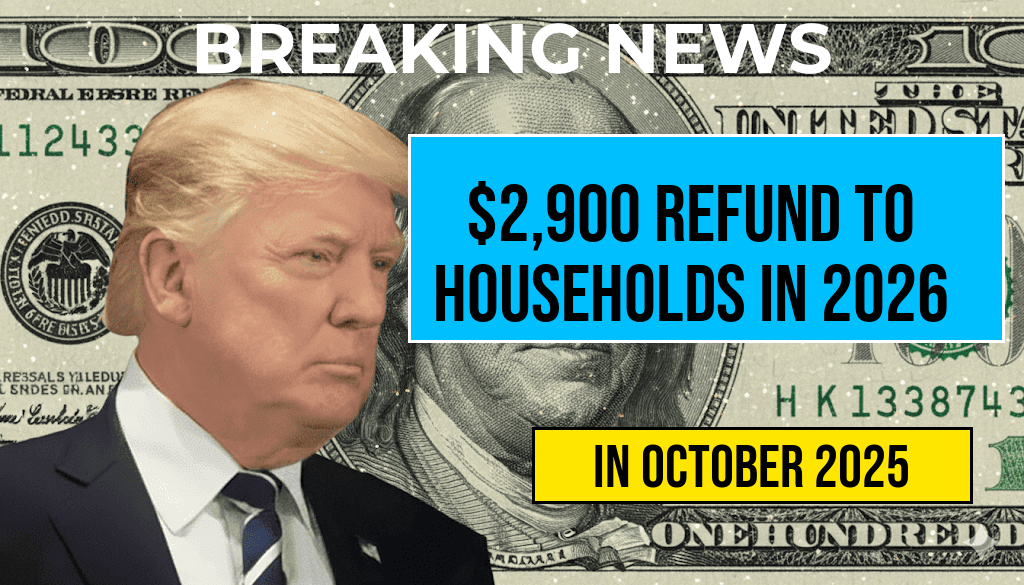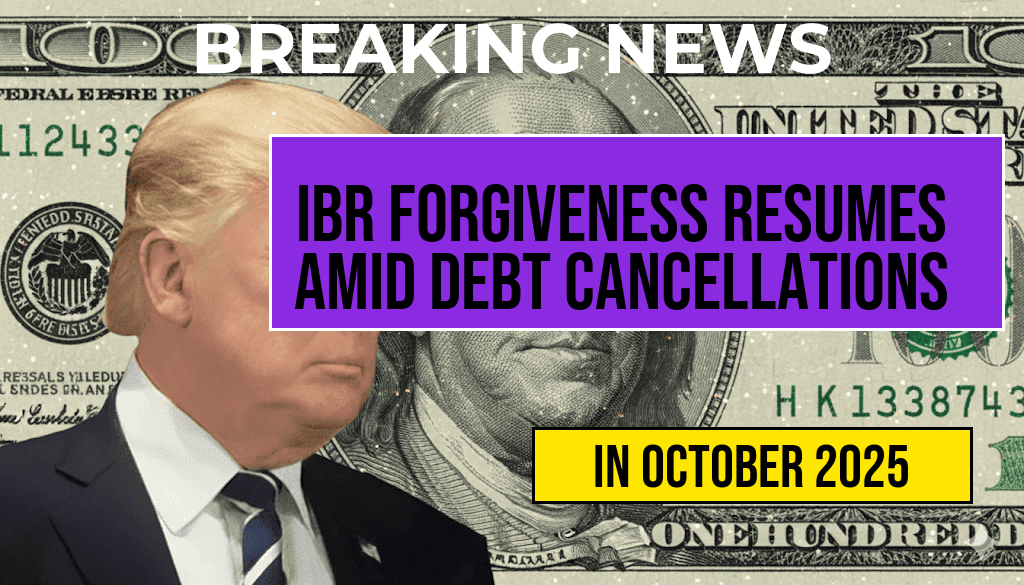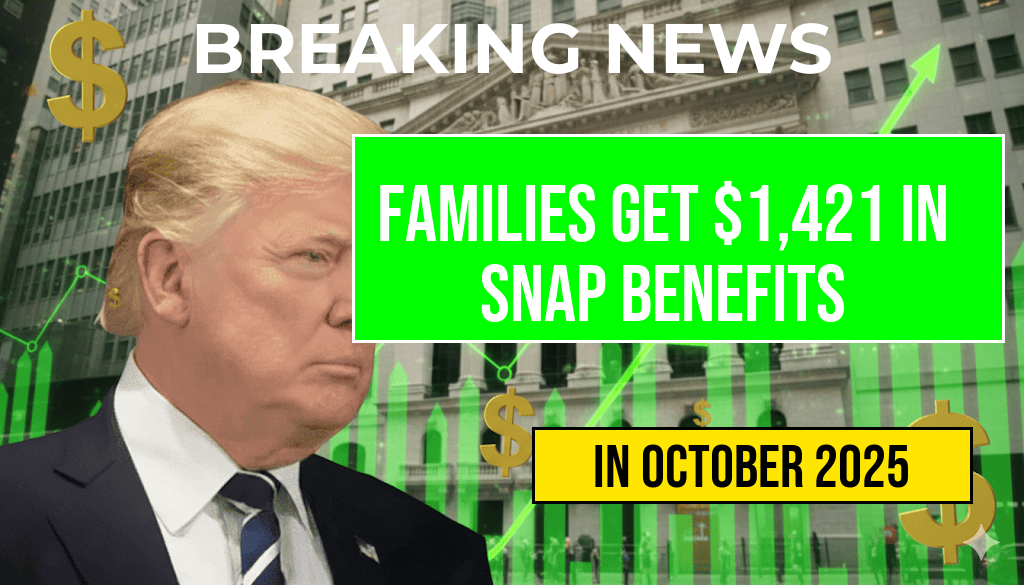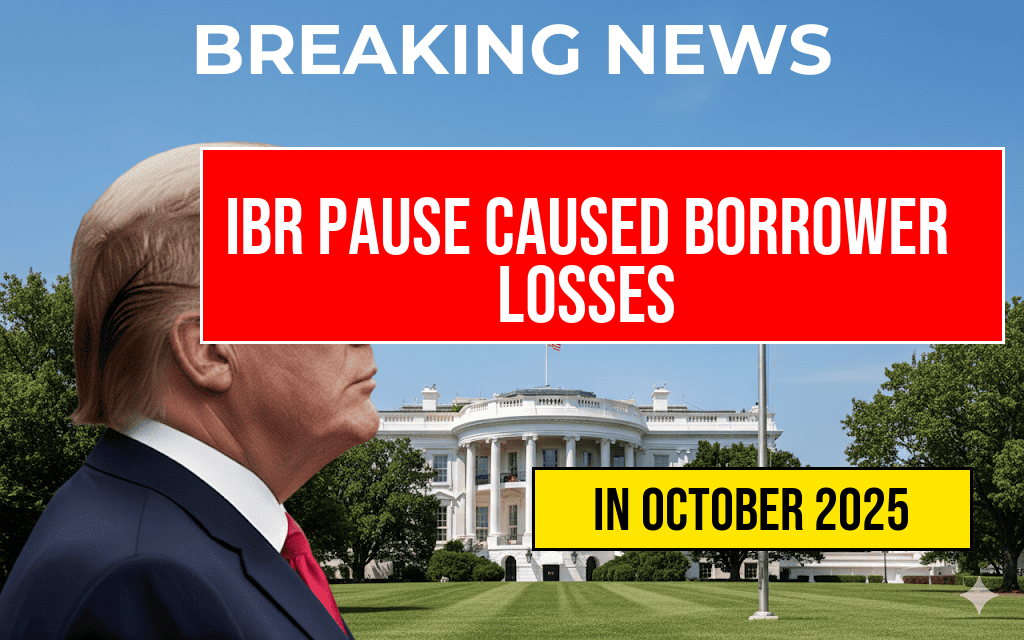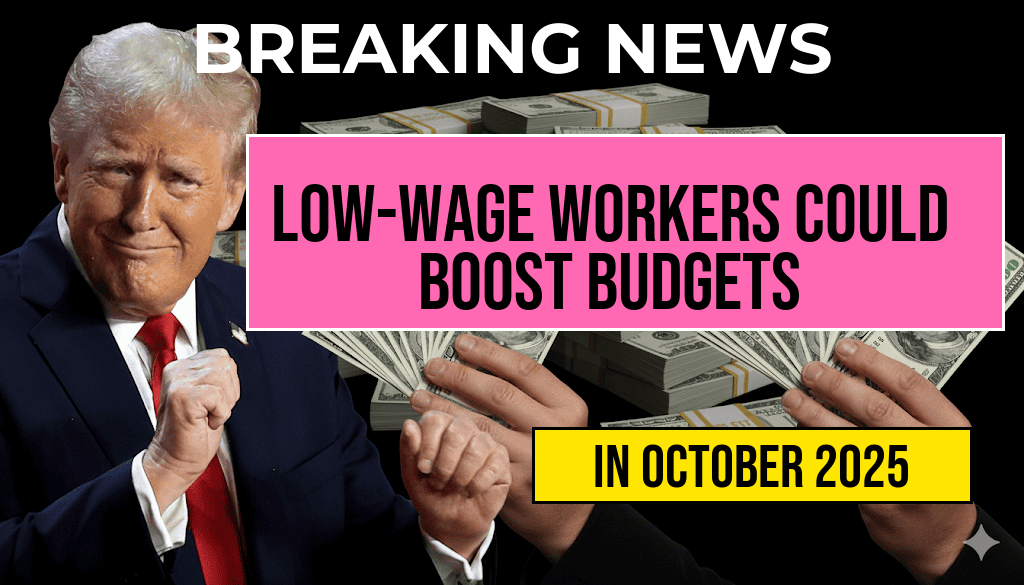Millions of student loan borrowers across the United States are facing a significant increase in monthly payments, with many experiencing a rise of approximately $400. This surge follows the resumption of federal student loan repayments after a temporary pause that lasted nearly three years. As repayment schedules restart, the financial burden on borrowers varies depending on the type of loans they hold, their income levels, and their repayment plans. Those with federal loans under income-driven repayment (IDR) plans or relying on deferments may encounter the most immediate impact, while private loan borrowers will face different circumstances. The increase signals a major shift for many households already navigating inflation and rising living costs, prompting concern about how families will adjust to these higher monthly obligations.
Understanding the Causes Behind the Payment Increase
The recent escalation in student loan payments stems from the U.S. Department of Education’s decision to resume scheduled repayments after a federal relief program paused payments during the COVID-19 pandemic. During the pause, interest accrual was limited, and borrowers were not required to make payments, providing temporary relief. Now, as the repayment restart approaches, many borrowers are discovering that their monthly bills are substantially higher than during the pause period.
This increase primarily impacts borrowers enrolled in standard repayment plans, where payments are calculated based on loan balances and interest rates. For those on income-driven plans, the adjustment may be less immediate but still significant if they are required to switch to a standard plan or if their income has changed. The Department of Education estimates that roughly 43 million Americans hold federal student loans, with many facing a rise in payments that could significantly strain household budgets.
Who Will Feel the Impact First?
Federal Student Loan Borrowers on Standard Repayment Plans
- Estimate of Monthly Increase: Approximately $400
- Timing: Payments due starting October 2023
- Impact: Immediate financial pressure for those with limited savings or tight budgets
Borrowers Enrolled in Income-Driven Repayment Plans
- Adjustments: May see increased payments if their income has risen or if they switch to standard repayment
- Protection: Some plans cap payments based on income, but the transition may still lead to higher bills
Private Student Loan Holders
- Payment Changes: Vary widely depending on lender policies; some may increase interest rates or monthly obligations
- Timing: Usually aligned with loan terms, but borrowers should check with their lenders for specific details
Implications for Borrowers and Households
The sudden rise in monthly payments could prompt adjustments in household spending, potentially impacting savings, discretionary spending, and even housing stability. Financial experts warn that households with limited buffers may find it challenging to accommodate the higher bills without resorting to debt or compromising essential expenses. For many, this shift comes against a backdrop of persistent inflation, rising housing costs, and stagnant wages, compounding financial stress.
Federal officials have emphasized that some relief options remain available for struggling borrowers. Income-driven repayment plans, for instance, can offer lower payments based on income and family size. Additionally, borrowers experiencing hardship can apply for deferments or forbearances, although these are temporary solutions that may accrue interest.
Policy Context and Future Outlook
| Aspect | Details |
|---|---|
| Number of Borrowers Affected | Approximately 43 million |
| Average Monthly Payment Increase | About $400 |
| Repayment Start Date | October 2023 |
| Relief Measures Available | Income-driven plans, deferments, forbearances |
Economists and consumer advocates continue to monitor the situation, emphasizing the need for targeted relief measures to mitigate adverse impacts on vulnerable populations. The Biden administration has signaled ongoing efforts to ease the transition, including extensions of income-driven repayment options and proposals to forgive portions of student debt for some borrowers. As the repayment period begins, stakeholders are watching closely to see how households adapt and whether additional policy interventions will be necessary to prevent financial hardship.
For detailed guidance, borrowers are encouraged to consult official resources such as the Federal Student Aid website and stay informed about their specific loan terms and repayment options.
Frequently Asked Questions
Question
Who will experience the **monthly student loan payment increase** first?
Question
What is the primary reason behind the **$400 surge** in student loan payments for millions of borrowers?
Question
How might this **payment increase** affect borrowers’ **monthly budgets** and **financial planning**?
Question
Are there any **options or strategies** available for borrowers to **manage or reduce** the impact of the payment hike?
Question
When is the **expected timeline** for this **payment increase** to take effect, and how long will it last?

